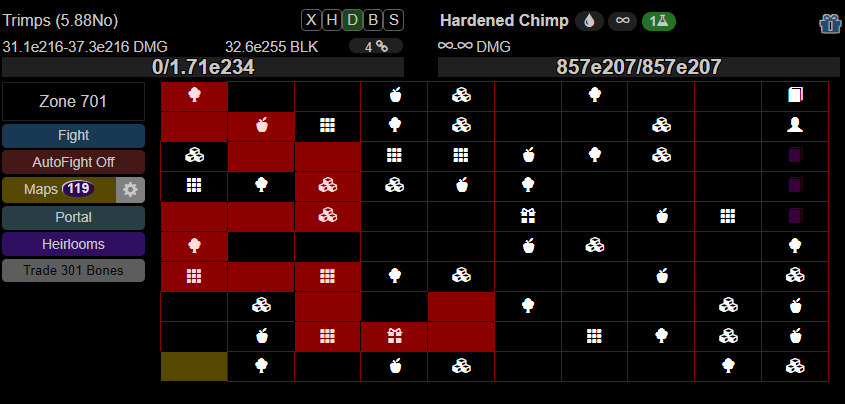

Time spent in a heart rate zoneįor both methods, the time spent in each of these heart rate zones is multiplied by the corresponding arbitrary coefficient to determine the TRIMP score. Lucia based her heart rate zones on the heart rate of the player which corresponds to low, moderate and high intensity exercise (see Table 2), and allocated arbitrary coefficients to each of these zones. 100%) is used to define five relative heart rate zones and their corresponding coefficient (see Table 1). For Edwards’ method, the maximal heart rate of a player (i.e. To better account for the intermittent nature of team sports, Edwards and Lucia both defined different heart rate zones. Table 1: Edwards’ method Edwards’ and Lucia’s TRIMP For these reasons, the use of this approach will not give an accurate value of the load placed on the players in team sports. It also wouldn’t be a good indication of the time spent in the lower speed zones (in essence around 70% of the time in matches). The average heart rate will not reflect the times when the heart rate is near the maximum heart rate of a player (for example during repeated sprints). In these sports, the average heart rate is not a good representation of the intensity of a session. Heart rate in intermittent sportsĮven though Banister’s TRIMP can be used in endurance sports, this approach is hard to implement in intermittent sports like football and field hockey. He called this variable Training Impulse (TRIMP) and included the duration, average heart rate, and an exponentially weighted factor for the intensity of the session (see formula 1 in the footnote ). Eric Banister was the first one to come up with an adjusted version of this approach. The easiest way of combining both volume and intensity in one variable would be to multiply the average heart rate of a session by the duration. In this blog, we will explain Heart Rate TRIMP methods and their differences. Several researchers have developed methods to determine this training stimulus based on heart rate data.

duration) and intensity will determine our training stimulus and our training outcome. Ultimately, the interaction between the volume (i.e. However, for achieving positive training outcomes we are not only concerned with the intensity of a session. Because of this very intuitive method of monitoring load, it is one of the most popular methods in team sports. If the heart rate of players were high during a session, we assume that it was a physically challenging session and vice versa. Plan ahead for upcoming dailies with this tool.Measuring heart rate is one of the most popular ways of monitoring load in team sports. Supports scrying over multiple runs, previously unlocked masteries, custom scrying start zone and poison-only scrying.įor fuel and Amalgamator based calculations.Īn heirloom calculator based off /u/nsheetz's heirloom sheet, but with greatly extended functionality, and a save import. Calculates how many zones a player must scry for in order to unlock their desired masteries. Takes Heirloom Shield VM drop chance and Golden Upgrades into account.Ī tool to help players plan their deep runs to unlock new masteries. Has the ability to import your save, and can also determine the average zone required to reach the next VM at your current point in the run. Simulates VM drop chance over thousands of runs. (nsheetz perks calculator is dead, long live Perky) Can read exported saves, making it easy to use and accurate.ĭetermines the optimal zone for you to farm by simulating hours of farming in each zone.Ĭalculator for Magmatic and Plagued heirlooms, and DG upgrades. Note to creators: If you want your calculator listed here, message the moderation team for access to this wiki page.


 0 kommentar(er)
0 kommentar(er)
